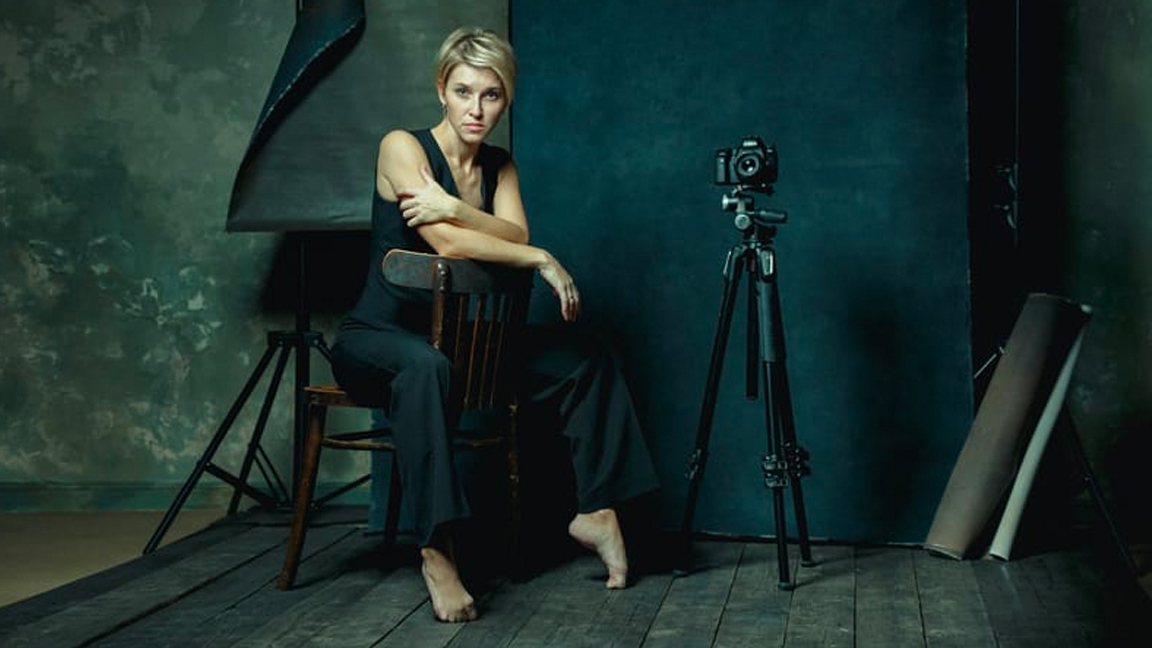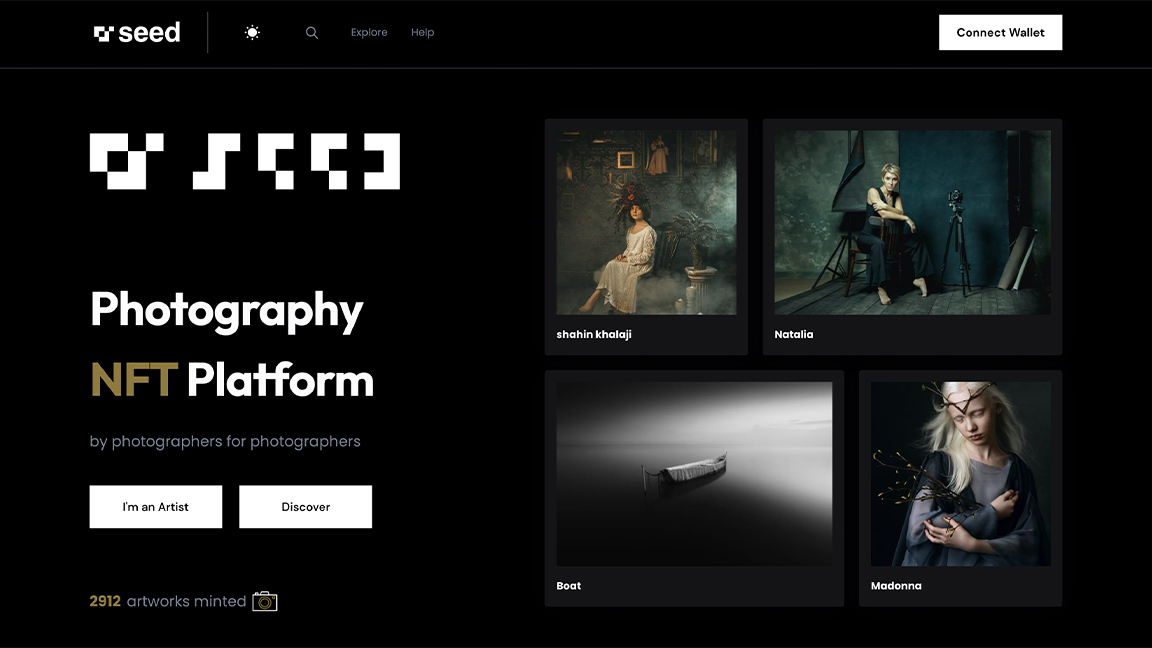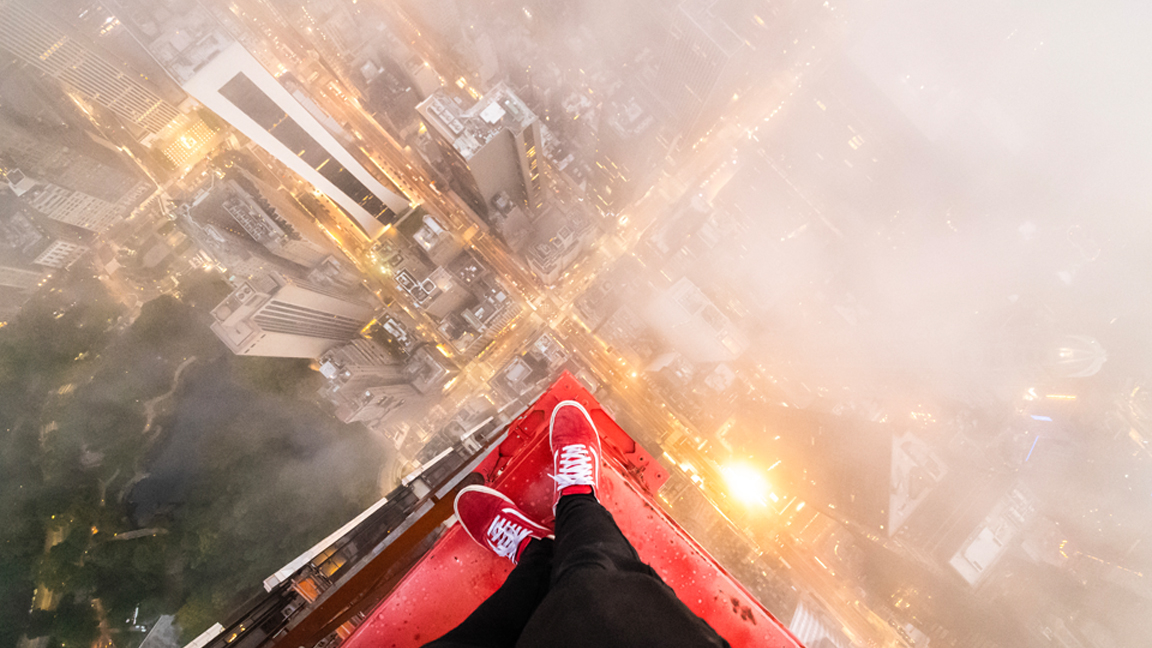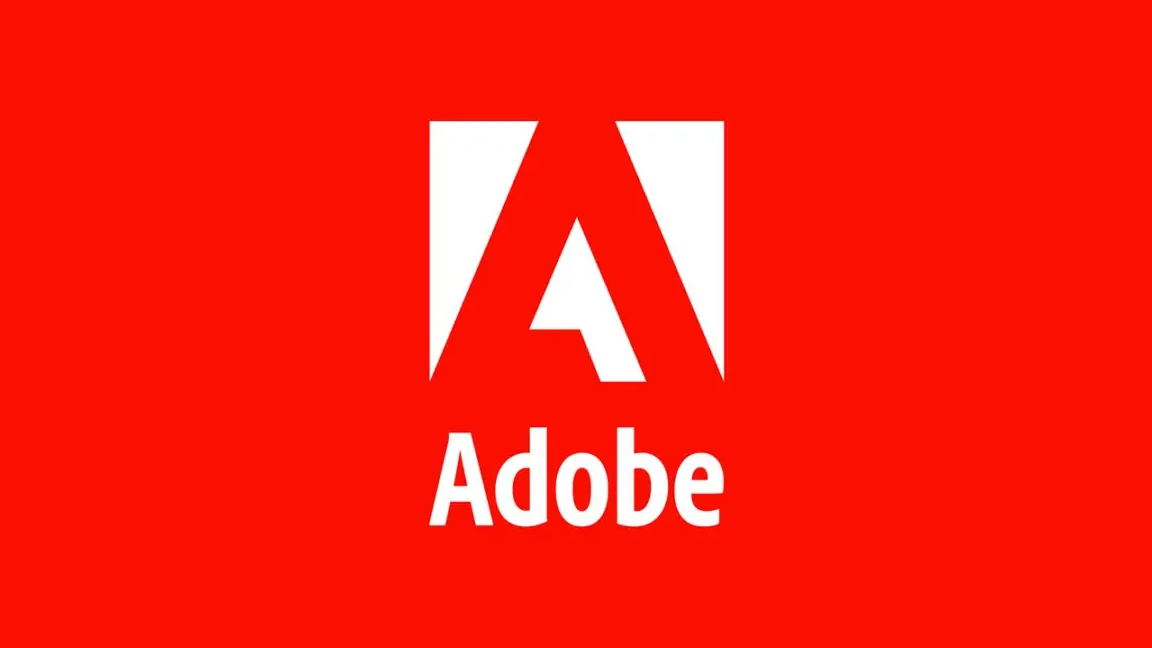
While NFT art has been covered a lot, NFT photography has snuck under the zeitgeist radar, but it's one of the fastest and most respected uses of non-fungible tokens. New and seasoned photographers are finding fresh places to sell their work as NFTs, on NFT markets and in galleries that support NFTs.
So, what are NFTs? Put simply, non-fungible tokens are a way to record a digital file into a blockchain where it can't be deleted, edited or corrupted. The data held by the NFT can be viewed, tracked and traced, ensuring ownership of the digital file.
Smart contracts govern how an NFT can be sold or held, meaning you can make money from future sales even if you sell the NFT photo, or you can give away all ownership and enable the community to use the NFT photography how they wish, for example in their art, videos and installations.
NFTs aren't as complex as you may think and as blockchains and NFT marketplaces become more approachable the mists surrounding this technology clears. Read our guides to the best NFT marketplaces and NFT crypto for a better, detailed explanation. Essentially consider NFT photos sold on a marketplace, such as Seed.photo, to be akin to a photo stock library, but one in which you own and have total control over every use and re-use, copyrights and ownership. This can include digital files and physical prints. (The stunning photo above is by Ivan Kovalev, a regular contributor to Seed.photo.)
A report in Forbes from 2021 estimated the NFT photography market was worth over $23 billion last year. While NFTs fell in popularity in 2022 as the general economy has contracted, they have seen a rise in interest in recent months. According to tracking site CryptpSlam the value of NFT sales rose by 13.2% in November and individual NFT sales increased by 18.75%. What we're likely seeing is investors have left and collectors, those who genuinely support creatives, artists and photographers, are back and buying. Now could be the best time to start your NFT photography career.
NFT photography: what are NFT photos?

For photographers NFTs are a new way to earn money from your work, and you're able to protect your digital photos when using them online or leasing and selling them. An NFT registers your photo on a blockchain as a unique piece of code, when you 'mint' your photo as an NFT you're essentially selling able to sell this 'code' and registration, and the smart contract that goes with it.
You needn't even include the original photo on the NFT contract, you can keep hold of the copyright and essentially sell the usage rights to a collector. Or you can sell the original and retain secondary sale rights, meaning the you and the buyer can profit from resales too and how the photo is used. It's really down to you and the project you're creating.
Get the Creative Bloq Newsletter
Daily design news, reviews, how-tos and more, as picked by the editors.
NFT photography can be similar to linear photography, with portraits and landscapes proving popular, for example Eric Rubens sells atmospheric coastal photos to his million-strong fanbase. But NFT photos can be more, and often popular photographers are the ones who bend the rules, embrace photoshop or include illustrations, such as Justin Aversano's 364-image series called Cogintion, which was created over the course of a year.
Likewise, on Seed.photo, a specialist NFT photography marketplace, Ivan Kovalev creates dramatic landscape and portrait photos. His long exposure landscape photo called Sukko won the 'My Planet' award for best NFT photography at Seed.photo.
NFT photography: How to sell

In the past year buying and selling NFTs has become increasingly easier as non-fungible token marketplaces begin to extract themselves from the NFT jargon and complexity of blockchains, for example most NFT marketplaces now accept debit and credit cards as currency and not just cryptocurrency.
To sell an NFT you will still need a cryptocurrency wallet, but don't worry it's easy to set up. My preferred wallet is MetaMask as it's safe and secure and can be linked easily to all of the largest marketplaces. In a similar way to my guide on how to create an NFT for free, your crypto wallet for NFT photos becomes a passport for access to various marketplaces, your purchases and sales are held in this wallet.
One of the new NFT marketplaces for photography is Seed.photo, which has an easy onboarding process and plenty of help for newcomers, including a good FAQ and How It Works section where all your questions are answered.
Simply setup your wallet (follow the app's instructions, it's easy), and save your Seed Phrase, this is your backup password. Once your wallet is linked to a marketplace you can begin making NFTs of your photos. Simply load your image, fill in the metadata and descriptions and create. You'll need to pay 'gas' fees to mint the NFT – this is the cost of registering the NFT on the chosen blockchain (Ethereum is the most popular, but you can also use Palm, Polygon, Solana and others and these can be cheaper).
You can create the NFT photo for free using 'lazy minting' which places the gas fee on the buyer rather than you, the seller. The downside is the NFT technically doesn't exist on a blockchain until bought and will often get bumped in the search on a marketplace, making it harder to get noticed and sell. Lazy minting is good for testing how the process works but eventually you'll need to mint NFTs properly.
NFT photography: where to sell

When it comes to selling your NFT photography, the best NFT marketplaces are similar to those of NFT art sales. Below are some of the best and most popular NFT marketplaces for photography.
- OpenSea: the largest NFT marketplace around sells everything.
- SuperRare: this is a great place to sell 1/1 NFT photos as it seeks rare images.
- Seed.photo: a new and dedicated NFT photography marketplace.
- Foundation: one of the best places for artistic and experimental photography
- Nifty Gateway: a good NFT photo marketplace for professionals.
Just because you're selling your photos as NFTs doesn't mean you should forget about physical sales and exhibitions of your work. You can attach an NFT to a photo print and sell the two together, you can create a series of NFT photos to show in a gallery, and you can create 1/1 NFT photography – single, unique images.
For example, the photography of William John Kennedy has recently been exhibited and sold as both physical prints and NFTs at the NFT Gallery in London. The display is impressive, and you can read more in my visit to the gallery, where I took a closer look at the NFT display by tokenframe and the photos of William John Kennedy.
NFT photography: making money

Yes, that's the point but how much money you make is down to you and your talent. More so, the NFT community is about more than just taking photos and selling them on, it's about the story behind them, the ideas, and most importantly you as a photographer. You'll need to embrace social media, and in particular Discord, to reach this new NFT community.
There are different ways to sell NFT photos – as air drops, auctions and as collections. All of these ways of selling tell a story of you and how you want your NFT photography to be used and seen. You could earn a minimum of $1,000 a month, or you could curate a collection or a 1/1 NFT photo and auction it for hundreds of thousands of dollars (if you're lucky or popular). It's down to you and your imagination.
One of the best and most popular NFT photographers is Drift. This ex-special forces serviceman turned to photography to help overcome PTSD, and after embracing NFT photography found a community and collectors eager to embrace his images – which all revolve around elevated, panoramic shots of urban areas gained by free-climbing skyscrapers and bridges. Visit Drift's website for his story and NFT photography.
Of course, you don't need to go to these lengths. Just as with all photography your skill and vision will win fans, so practice and experiment with new approaches and subject matter – the one rule of NFT photography is anything goes.
Read more:
- How to show off your NFTs: The best NFT displays
- The 10 best NFT apps for iPhone
- Take a look at this wild Crypto House

Ian Dean is Editor, Digital Arts & 3D at Creative Bloq, and the former editor of many leading magazines. These titles included ImagineFX, 3D World and video game titles Play and Official PlayStation Magazine. Ian launched Xbox magazine X360 and edited PlayStation World. For Creative Bloq, Ian combines his experiences to bring the latest news on digital art, VFX and video games and tech, and in his spare time he doodles in Procreate, ArtRage, and Rebelle while finding time to play Xbox and PS5.
